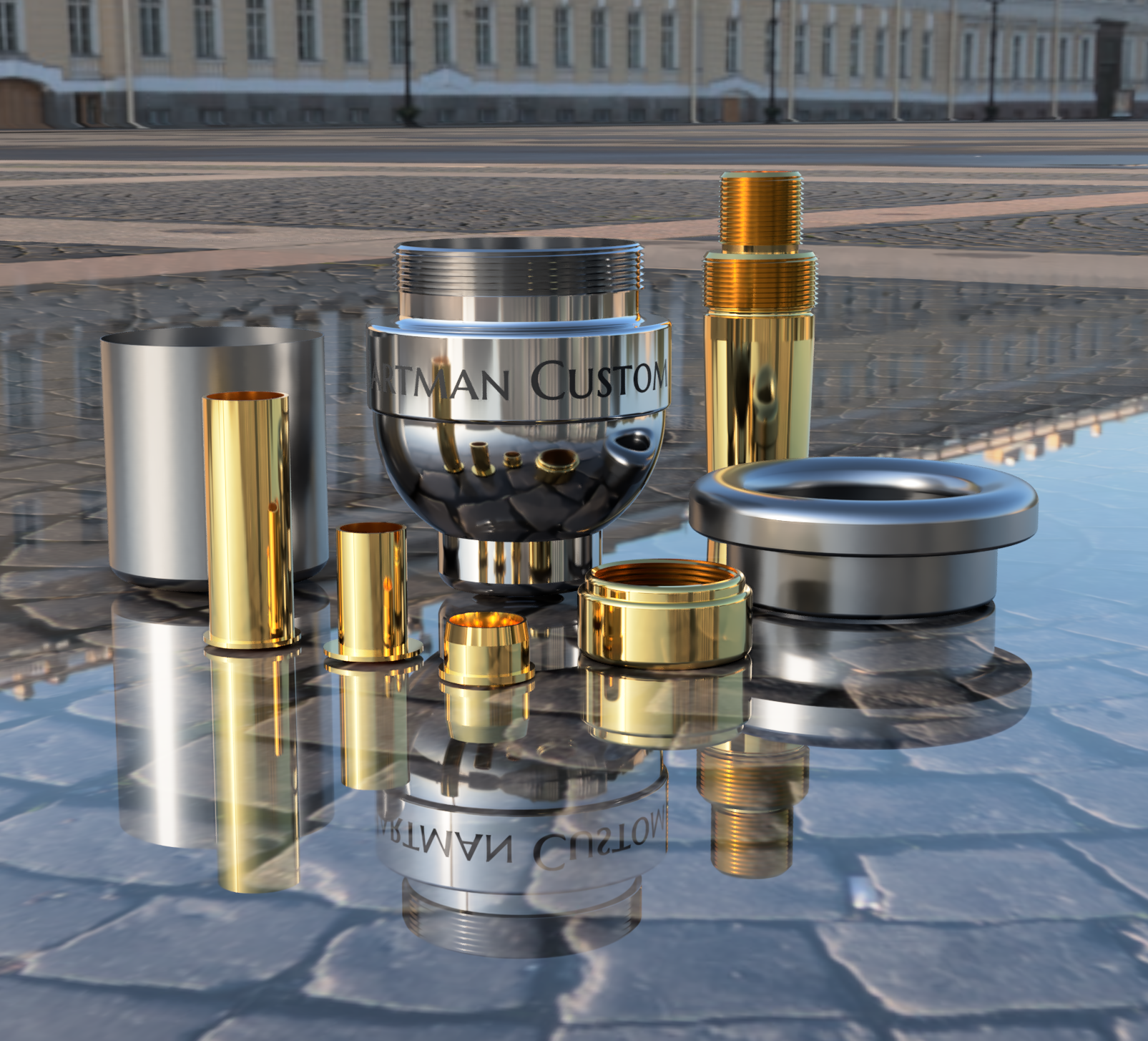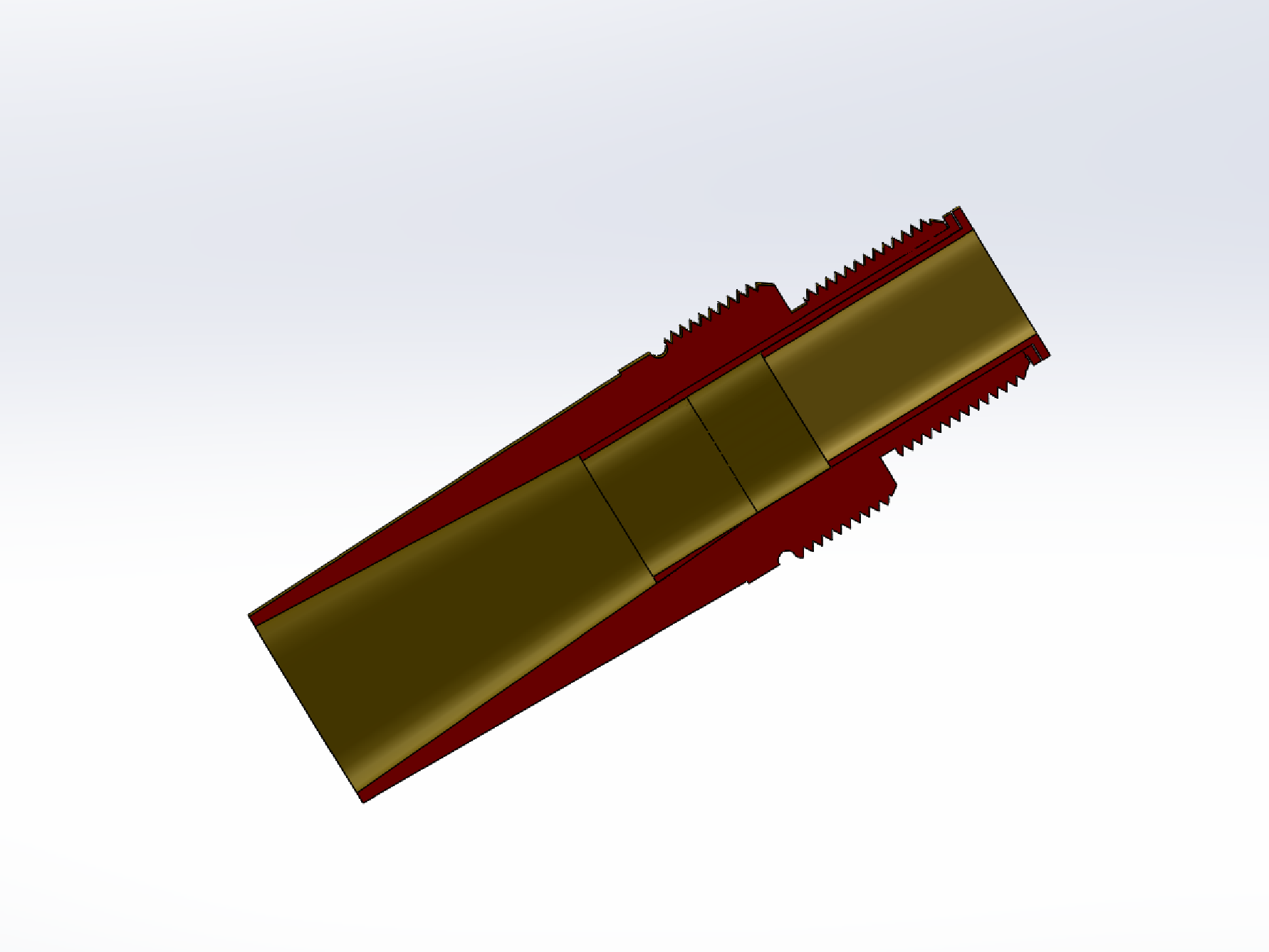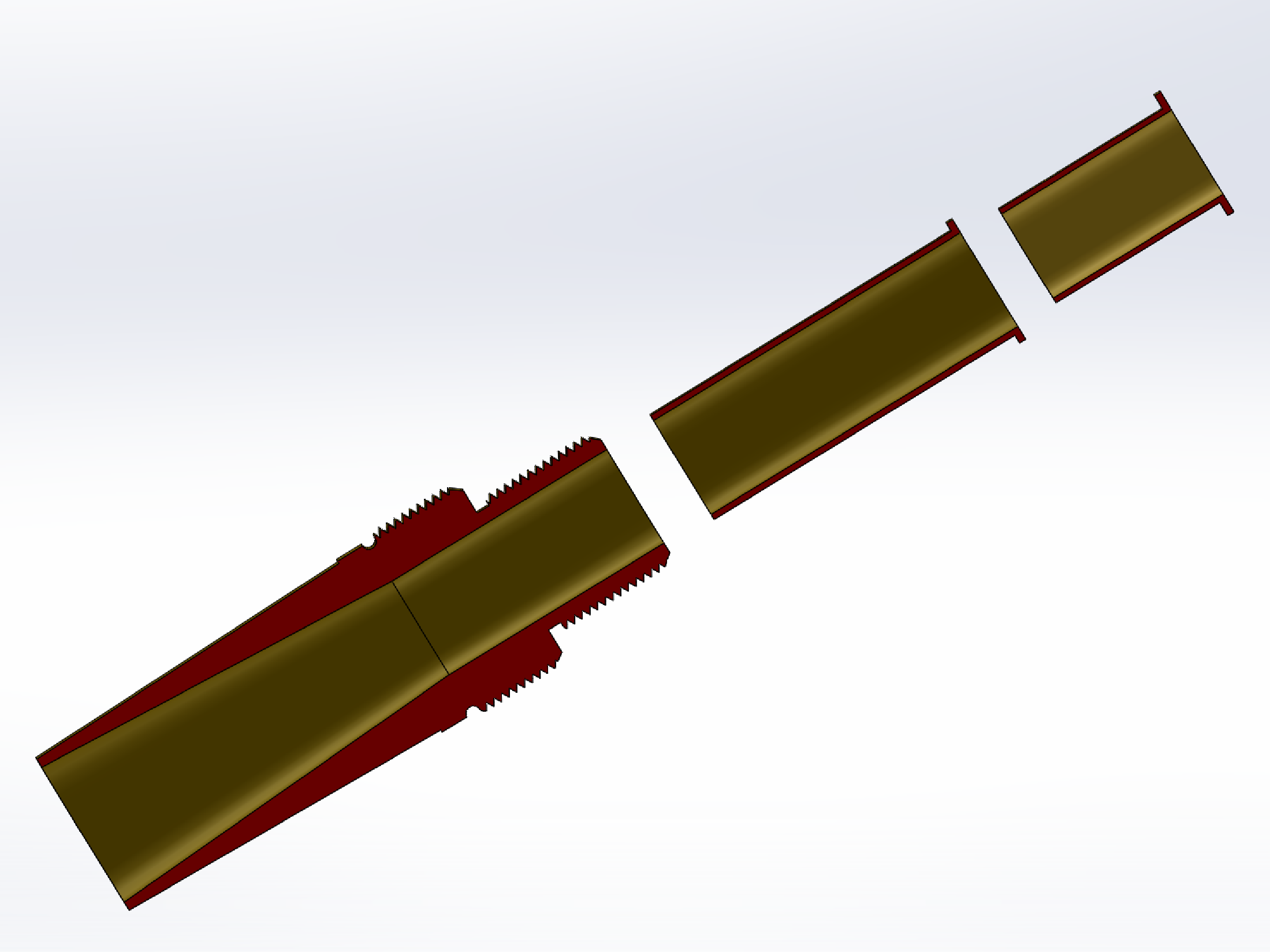Hartman Mouthpieces have somewhere between 2 and 9 separate component parts, depending upon the model. Each component serves a purpose that allows me to balance the mouthpiece. The parameters that I’m varying with these parts are:
Rim – width, inner and outer diameters, profile, material
Everyone has an opinion about the rim on their mouthpiece! It’s the interface…so to speak…with our face. We can feel how wide the rim is, how it’s shaped, it’s diameter, it’s thermal characteristics (plastic never feels cold!), how smooth it is, whether it’s sticky or slick…etc.
As our primary interface with the instrument, we feel through the rim whether all facets of our equipment are working together easily or not. If the mouthpiece rim doesn’t feel good on our face, then we know that something can be improved. Sometimes it is as simple as changing the rim – but this isn’t only for comfort – we tend to underestimate the influence that a rim has upon the ultimate success of a mouthpiece. The contour of a rim affects the response of the mouthpiece and some contours respond more accurately than others. (Lesson #1 – it’s never simple)
Lesson Review – (#1 – it’s never simple)
Cup – depth and shape
This is where the persona of the mouthpiece is created. How big is it? How aggressive is it? Size of a successful mouthpiece cup is relative to the size of the horn with which it works best. Bigger horns (I’m talking mostly bore size here) match best with a bigger cups and vise versa. And we’ve all noticed that it’s easier to play low notes with a bigger cup and high notes with a smaller cup. The way that the air is channeled into the throat influences it’s color, compression, articulation, etc. (remember Lesson #1)
Weight of the mouthpiece
There are two parallel vibrating systems when we play our brass instruments. There are the standing waves of air that vibrate within the instrument (system #1) and there is the vibration of the actual instrument itself (system #2).
When we play, we blow air through our embouchure’s aperture, which we call buzzing. As we buzz into the mouthpiece, the air within us and the instrument vibrates according to the magical laws of acoustical physics! (System #1) Certain frequencies are highlighted as we play and hearing the air vibrating makes us happy – which is why we do what we do, isn’t it?
Our buzzing lips vibrate, which makes the air vibrate – but also our mouthpiece vibrates, thanks to those buzzing lips, and extends these vibrations from our lips to the instrument – making it vibrate too. (System #2) It’s mostly this, rather than sympathetic vibration with the standing waves inside the horn that makes the instrument ring. Cool! So the weight (mass) of the vibrating mouthpiece has a direct bearing upon how fast the horn springs to life. Balance is key, once again.
Throat size
The throat is the venturi of a mouthpiece, and is the primary bottleneck in the air flow that the player sends through the horn plus it is the gateway between the cup and the backbore of the mouthpiece. If it’s not the right size, there will be some problems…
Backbore – resistance, length, shape
The backbore of a mouthpiece needs to properly counterbalance the energy of the air that is forced through the throat of the mouthpiece so that the player doesn’t have to expend the energy to correct an imbalance in this system.
Relationships and Balance
Relationships and balance in systems determine whether these systems are coherent or chaotic and/or stable or unstable. I find that a mouthpiece is a self-contained system that has characteristics that remain evident no matter what horn it is plugged into. A good mouthpiece is a good mouthpiece! And visa versa. A mouthpiece may or may not be the ideal match for any given horn, but its characteristics – good or bad – remain no matter what horn you try it on.
The same is true of an horn. Each horn have components that have characteristics that remain, no matter what mouthpiece is used. I don’t make instruments, but aspire to make excellent mouthpieces to serve as a bridge between the player and their instrument. A matchmaker, so to speak. Striving for that ‘match made in heaven’ rather than another well-intended marriage destined to struggle forward till death do they part…




